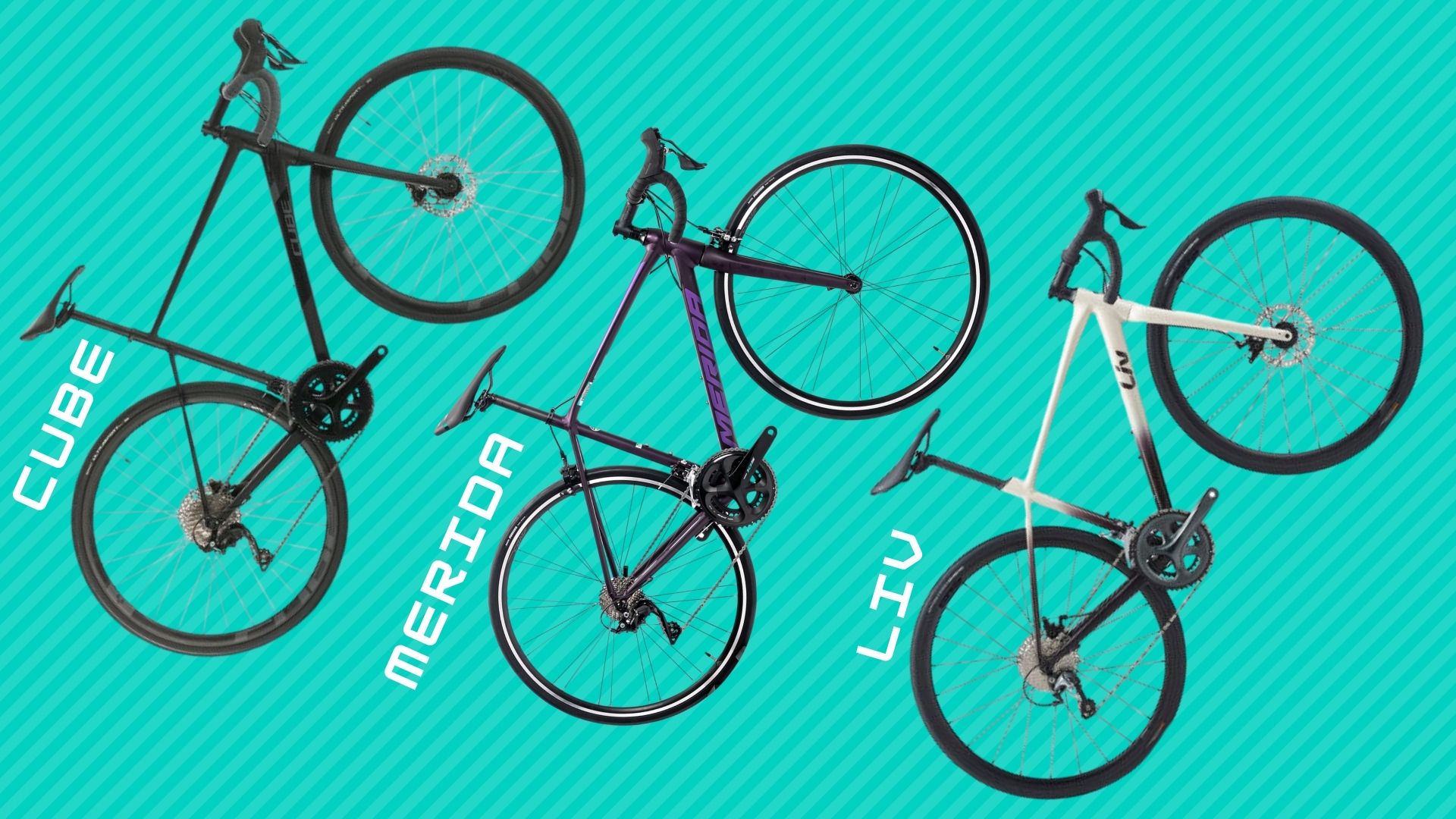How I Chose My Bike

I put off signing up to the Tour de Cure for a long time because I had no idea how to choose a bike. My knowledge of the different components of a bike and the pros and cons of various configurations was basically non-existent.
This is the journey I went on from being bike-less to a happy owner of my very first road bike. (Actually I did have a bike before, but a $60 one I got off Facebook Marketplace hardly counts.)
Word-of-Mouth
Many of my colleagues are Tour de Cure veterans. Once they found out I was interested in joining the Tour, they practically sent me essays on Teams advising me on many things bike-related, from brands to consider and shops to visit through to a breakdown of the different bike components to research.
This allowed me to start narrowing down, at the highest level, the type of bike to look for:
- Must have drop handlebars, not flat bars (I had no idea of the difference until I did a quick google)
- A price range of $1500-2000 was reasonable for an entry-level road bike
- Shimano 105 came up in every conversation I had.
Research
Afterwards, I spent a few hours reading articles online and watching YouTube videos to learn more about the key components of a road bike:
-
Frame: The lighter the better. Entry level bike frames are usually aluminum, while higher-end models are typically carbon fibre, which is lighter. Frames come in different sizes, e.g. XSmall/48cm or Small/50cm, and different brands can have slightly different sizing. Frames can also be differentiated by their geometry - performance or race bikes have a more aggressive profile for improved aerodynamics, while endurance bikes allow a more upright riding position, which makes long distance rides more comfortable.
-
Brakes: A choice between rim brakes or disc brakes. Rim brakes are more traditional, and work by applying the braking force on the outer edge (i.e. rim) of the wheel. Disc brakes, in contrast, use a rotor to apply braking force towards the centre of the wheel. Disc brakes are increasingly popular on road bikes, since they provide better stopping power than rim brakes, especially in wet weather. However, they also tend to be heavier and more expensive.
-
Gears: These are encapsulated within a road bike’s groupset, which is the collection of components involved in braking, changing gears and running of the drivetrain. Shimano is the most popular brand for groupsets, and they produce a hierarchy of models with increasing price and performance. Shimano Tiagra, a 10-speed groupset, is used on many entry-level road bikes. The next level up, Shimano 105, a 11-speed groupset, was consistently recommended to me as a good intermediate-level choice sufficient for the demands of a Tour de Cure. The next levels up are the Shimano Ultegra and Shimano Dura-Ace, which are targeted at high-level and professional riders.
Shopping
My mind now slightly more enlightened on road bike intricacies, I finally ventured out into the wild and visited some bike shops. I went to four stores in total, and there were common themes to my experiences at each. I marvelled at the rainbow array of bikes on display, puzzled over the endless racks of esoteric cycling accessories, lamented the consistent and complete lack of any women staff members, and above all, felt very intimidated by the colossal knowledge disparity between me and the other people in the shops.
It soon became apparent that my purchase decision would be made easier, paradoxically, by the unprecedented Covid-induced bike shortage. There just weren’t that many suitable road bikes available to choose from. The situation is so dire that newspaper headlines are proclaiming “Bicycles are the new toilet paper”.
One store I visited did not have a single bike under $3000 available, since these were the first to be snapped up in the lockdown exercise frenzy. I was told at this store that bikes in this price range would not be restocked until late next year.
Across the four stores I visited, there were essentially only three candidates that fit my size and budget:
- Cube Attain SL: Shimano 105 gears, disc brakes, endurance geometry
- Merida Scultura Rim 400: Shimano 105 gears, rim brakes
- LIV Avail AR 2: Shimano Tiagra gears, disc brakes, endurance geometry specifically designed for women.
Test Ride
I took each of the bikes on a 5-10 minute test ride. It was an unnerving experience, at least initially. I had never ridden a road bike before. I was not used to having the seat so high and the body stooped so low. While seated, my feet could not touch the ground, and consequently my attempts at getting off the bike felt clumsy and dangerous, like I was trying to jump over a fence.
The staff gave me brief tutorials on how to position my hands properly on the handlebar and how to change gears, which was just as well, because it was my first experience with drop bars, where the gear shifters are the same levers as those used to apply brakes.
Overall the test rides were useful in providing a feel for road bikes, though with my limited knowledge and experience I struggled to differentiate between the models - they all felt pretty much the same to me.
Decision
After collating my 3-bike shortlist, I consulted my Tour-veteran colleagues. The LIV was ranked the bottom choice, since it only had 10-speed Tiagra gears, a step-down from Shimano 105. Of the Cube and the Merida, they leaned towards the Cube, since it had disc brakes instead of rim brakes for a similar price point.
So it was a pretty straightforward choice in the end, and I went with the Cube Attain SL. Stay tuned to see how I go!
